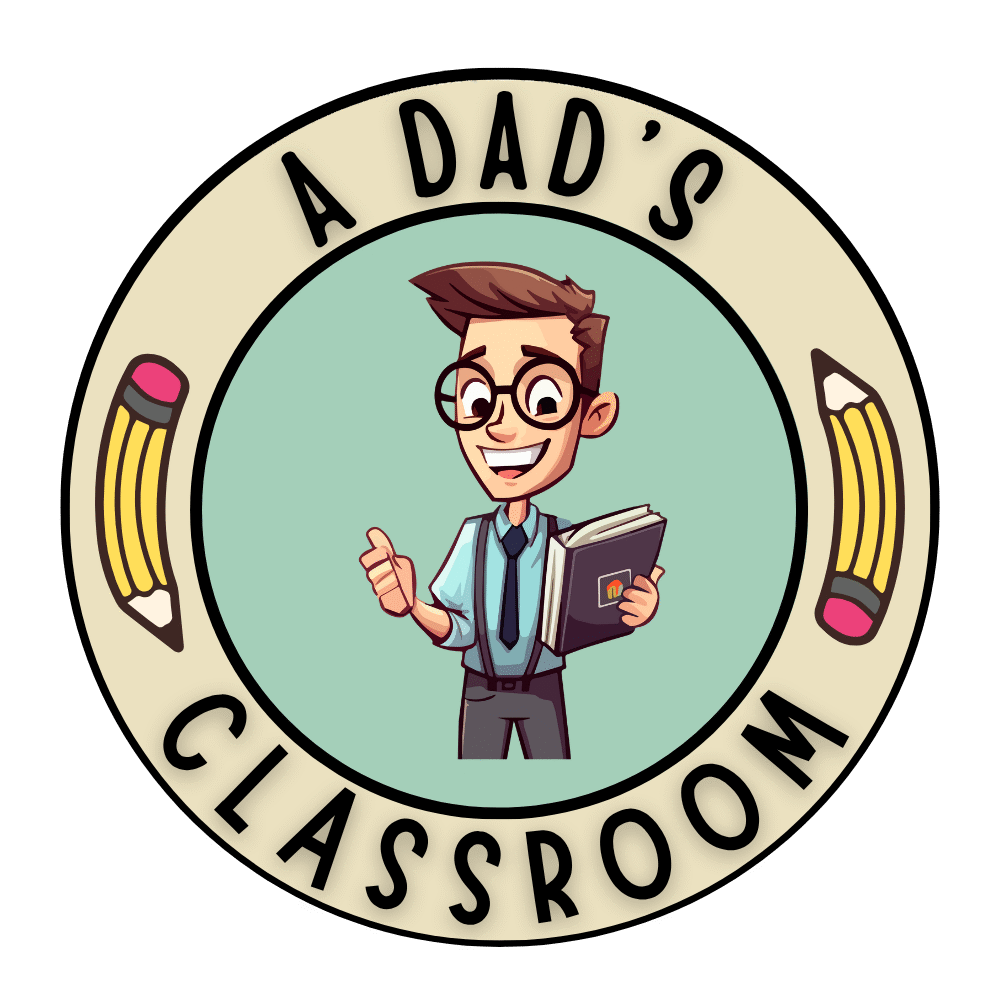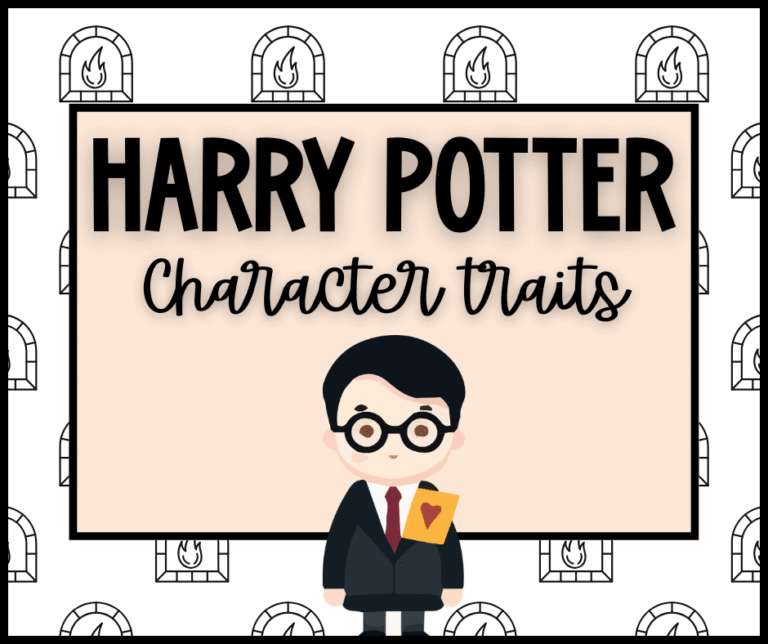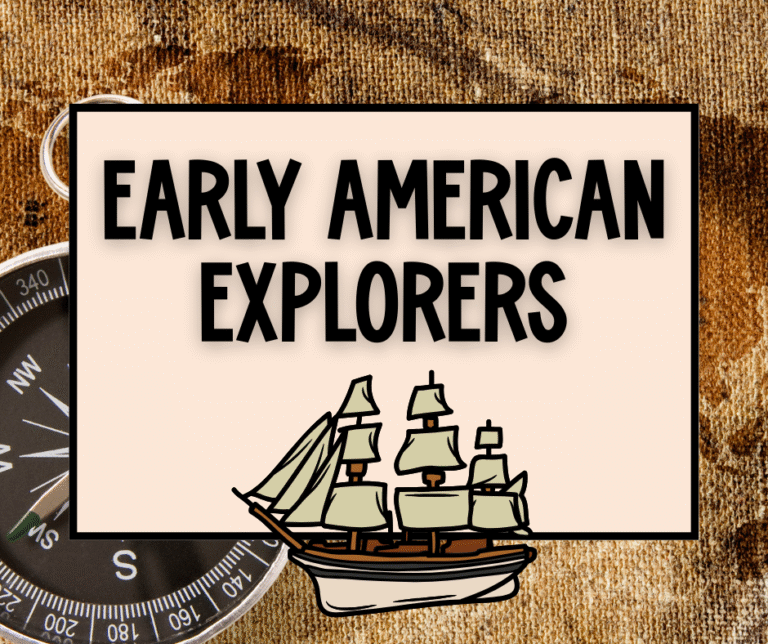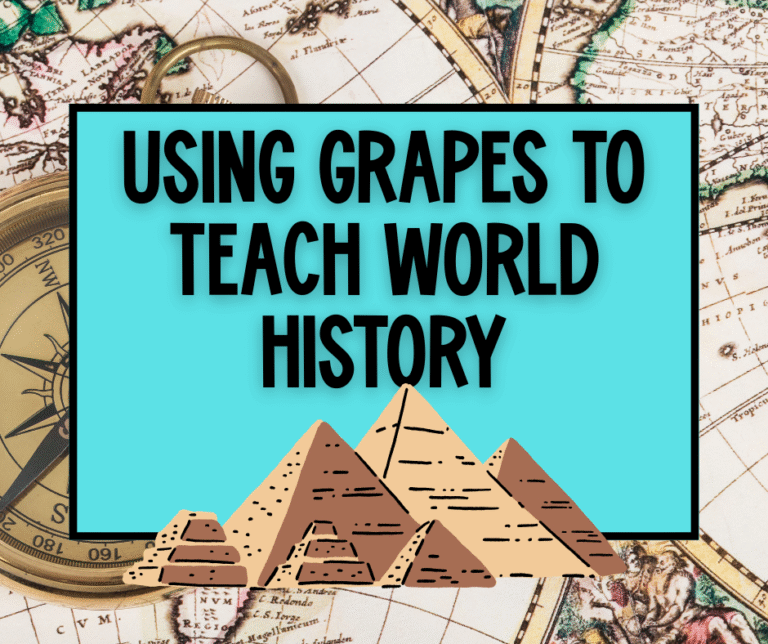Teaching Women of the American Revolution: 5 Engaging Strategies
It’s an unfortunate truth that when we teach the American Revolution, the stories of men—Washington, Jefferson, Franklin—tend to take center stage. The contributions of women are often relegated to a single paragraph or, worse, a footnote. But what if we could bring their stories out of the shadows and show our students that women were not just passive observers but fierce patriots, spies, and leaders in their own right?
By intentionally focusing on the roles of women, we can teach a more complete and powerful version of history. Here are a few low-prep, high-impact strategies I’ve used to make the unit on the American Revolution more inclusive and engaging.
Uncovering the “Hidden Figures” of the Revolution
Start your unit by challenging your students to be historical detectives. Introduce the idea that many women’s contributions were deliberately hidden or simply not recorded. You can kick off the lesson by asking, “Who do we hear about from this time period? What about the other half of the population?” This framing makes the learning a mission and gets kids excited to uncover the untold stories of women like Sybil Ludington or Phillis Wheatley.
Analyzing Primary Sources: Her Voice, Her Story
This is one of the most powerful ways to teach history. Use primary source documents—letters, diary entries, or petitions—to let students hear the voices of women from the era. It’s a direct link to the past that makes the history real. If you’re looking for more ways to make your history lessons interactive and hands-on, check out some of the other ideas over on my blog!
Women of the American Revolution Gallery Walk
This is an absolute must-have in my classroom, especially for those kinesthetic learners. Instead of lecturing, set up a gallery walk with stations dedicated to different women of the Revolution. Each station has a short passage with a picture detailing her story, her impact on the war, and an interesting fact about her. As students move around the room, they’re engaging with the material at their own pace. It’s a fantastic, interactive way to introduce the unit or review before a test. For a ready-to-go resource that makes this activity completely no-prep, you have to check out this Women of the American Revolution Gallery Walk. It’s an editable, no-prep activity that covers all the key women you need, including Abigail Adams, Mary Ludwig Hays, Betsy Ross, Phillis Wheatley, Sibil Ludington, and Martha Curtis.
The “What’s in Her Purse?” Project
This is a fantastic way to get your students thinking symbolically. Have them choose a woman from the Revolution and create a drawing or collage of a purse or satchel, filling it with items that symbolize her life and contributions. For example, for Molly Pitcher, they might include a cannonball, a water bucket, and a soldier’s uniform. It’s a creative, visually engaging way to show what they’ve learned and makes for a GREAT bulletin board display! This kind of project-based learning is one of my favorite teaching tools.
The “Meet the Heroine” Museum
Give your students a chance to become the expert. Assign each student or pair a woman from the American Revolution to research. Their final project is to create a “mini-exhibit” where they act as the historical curator, presenting their woman’s story, her key contributions, and why she deserves to be a part of the historical narrative. It builds research skills, public speaking confidence, and reinforces the idea that all stories matter. For more ways to bring social studies to life in your classroom, be sure to visit my blog’s Social Studies Resources page.






